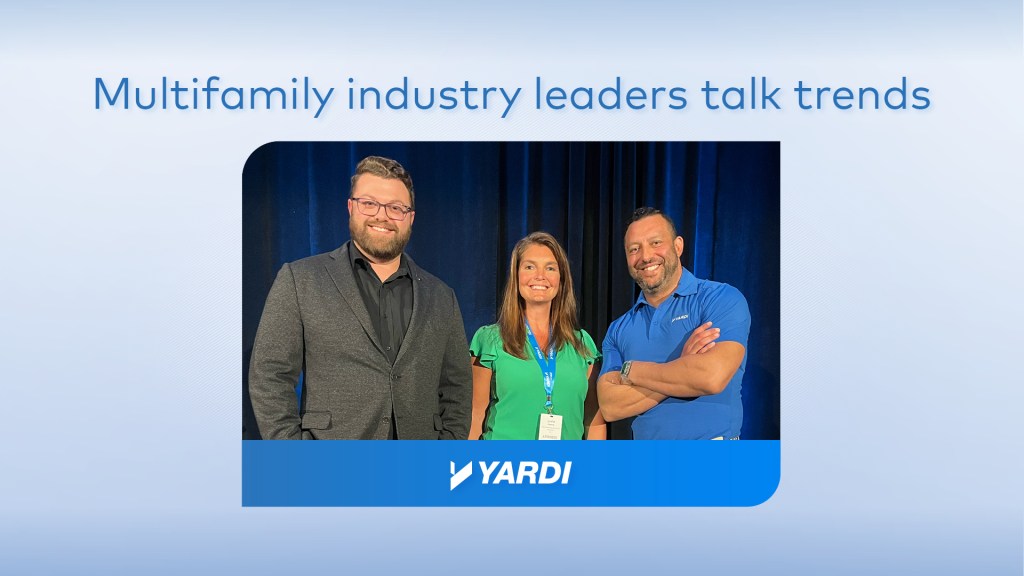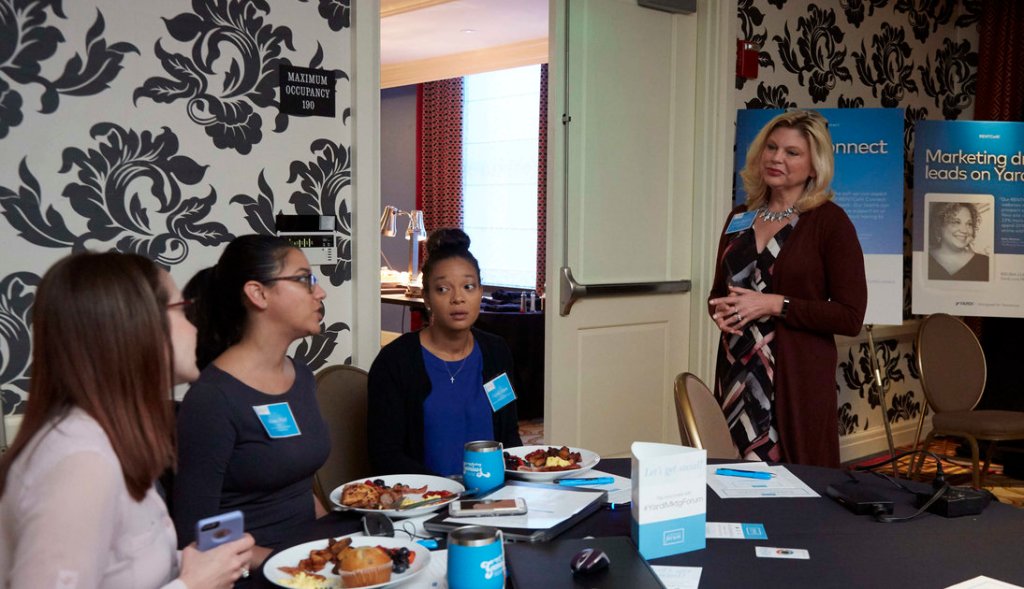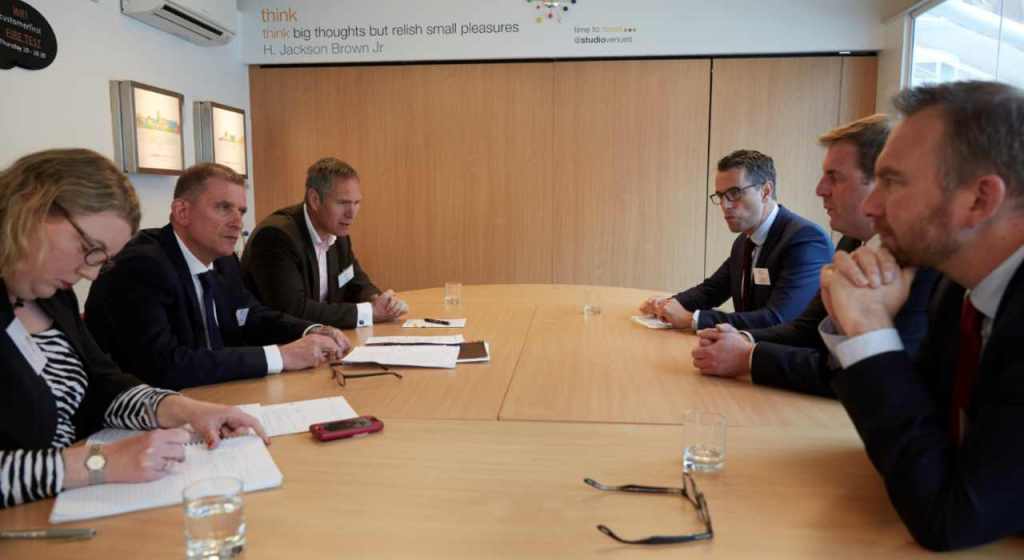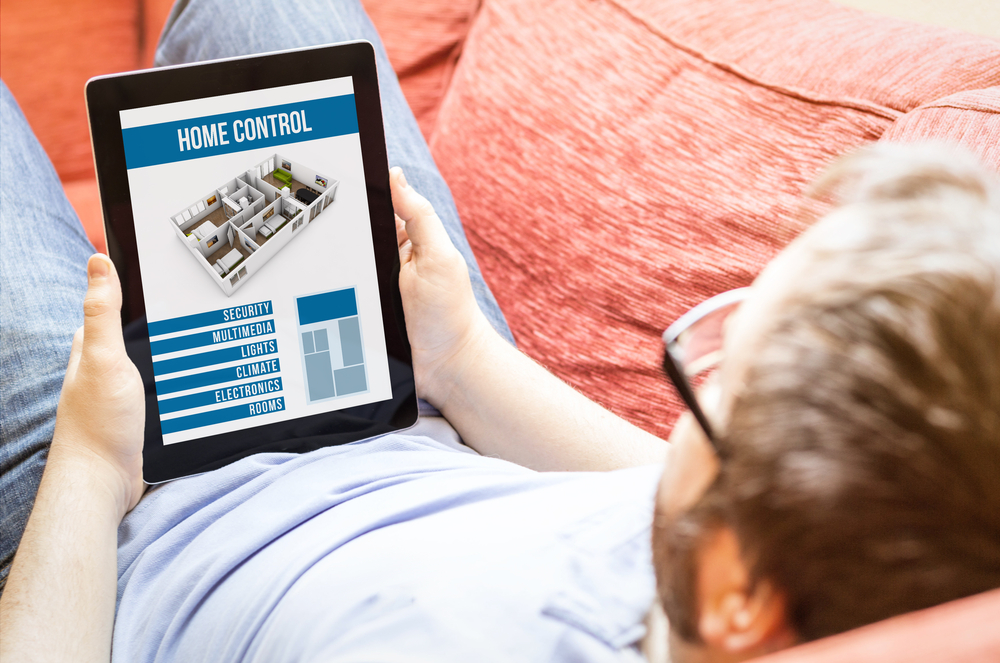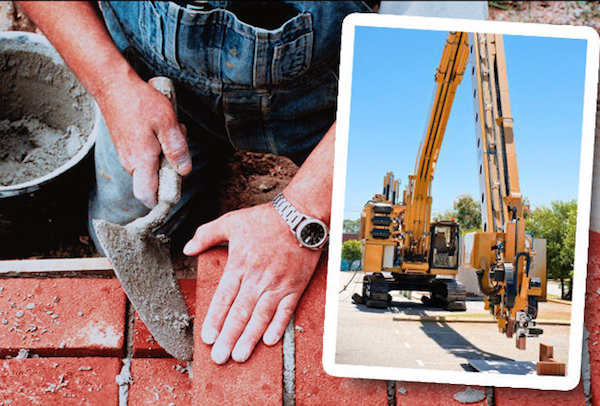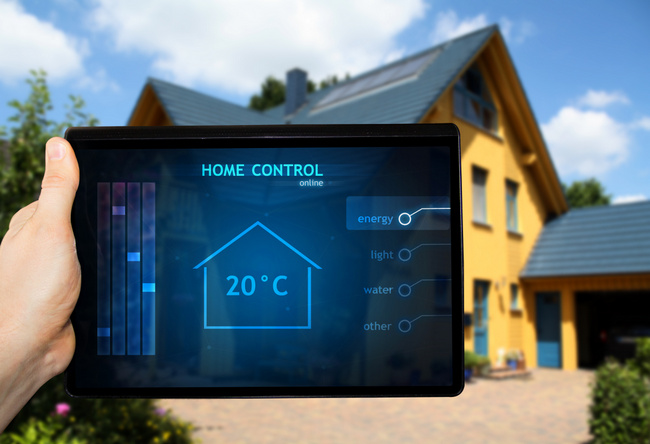Multifamily Leaders Talk Trends
Automation, fraud & training insights
At the 2023 Yardi Advanced Solutions Conference, Director of Sales Nima Farkhak led a panel with leading multifamily figures about trends impacting the industry — and the tech they’re using to get ahead. The conversation revolved around automation, fraud prevention and training. Particularly, how can multifamily organizations receive more employee buy-in when implementing new technology, […]
